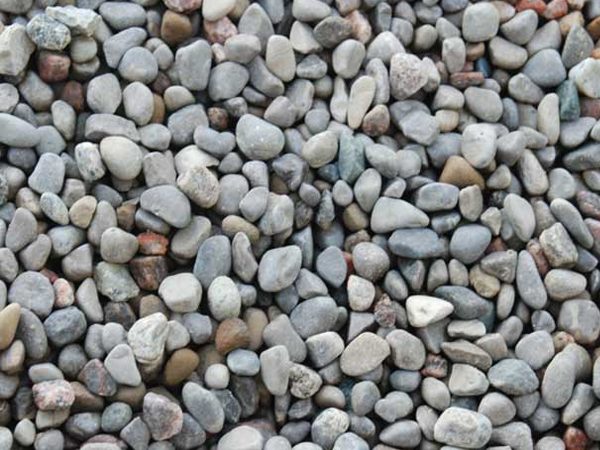Common Mistakes to Avoid When Using Pea Gravel in Your Landscaping
Common Mistakes to Avoid When Using Pea Gravel in Your Landscaping
When it comes to landscaping, pea gravel is an exceptionally versatile material that can fit seamlessly into many design plans with its unobtrusive texture and naturally varied coloring. However, there are a few key rules to keep in mind when incorporating pea gravel into your outdoor space.

Don’t place pea gravel directly on top of soil. When homeowners apply pea gravel directly onto a layer of soil, they will often notice weed growth among the pea gravel over time. This can displace your gravel as well as ruin its uniform look. Before applying any pea gravel, place a layer of landscaping fabric onto the soil. This will prevent any weeds or plants from shooting up through your pea gravel.
Install a border of some kind. Pea gravel is a loose filling material, unlike cement and other types of gravels that are a completely solid entity once poured and hardened. Many homeowners enjoy the loose, varied look of pea gravel, but it can get a bit messy when used without a border. Whether you’re using pea gravel for your front walkway, the driveway, a garden path, or even a non-walkable fixture, make sure that you install an edging material to prevent your gravel from spreading far outside of its planned location.
Depth is key. If you install any pea gravel landscaping, making sure it reaches the proper depth is extremely important. Shallow pea gravel is not only more likely to displace and make a mess of your landscaping plans, it poses a great safety risk as it can be easy to slip on. Familiarize yourself with the safety guidelines and make sure you have the proper space in your yard before beginning work on your pea gravel landscaping project.
Though pea gravel is often used for outdoor walkways, pathways, driveways, and similar functions, it can fit nicely in many other settings as well. Some homeowners use pea gravel as the flooring for their patio or similar outdoor space, foregoing the use of cement or wood altogether. Others apply pea gravel around tree trunks or flower beds as decorative addition or use it as a mulch alternative in their garden. Pea gravel can even replace sand in a child’s sandbox, providing a less messy option for outdoor play.
As long as you avoid common mistakes like pouring pea gravel directly onto soil, not using any edging material, or applying a shallow layer, your pea gravel landscaping plans should go smoothly, providing a unique and beautiful addition to your outdoor space.
